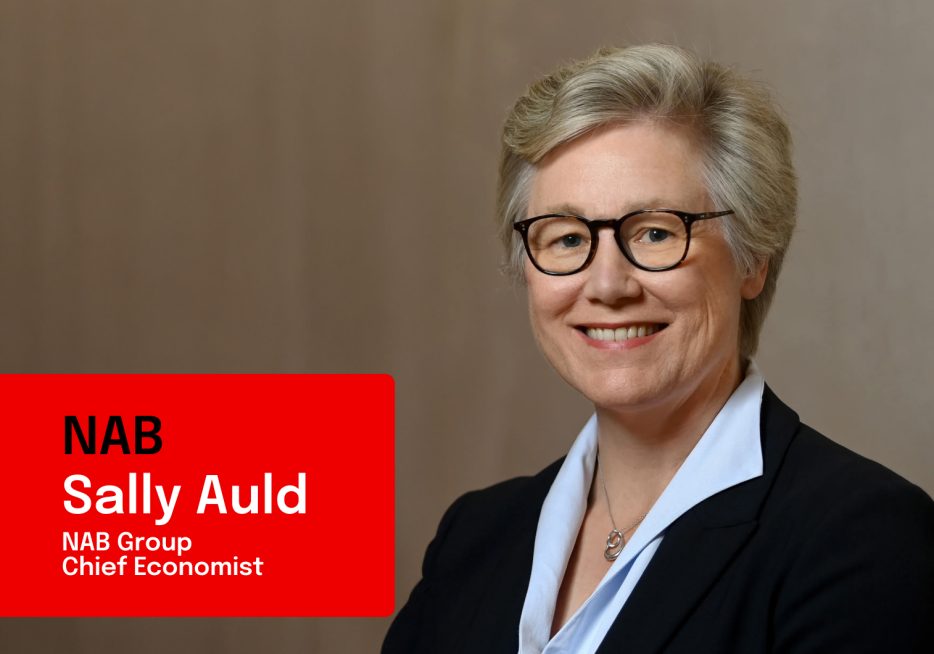We hear from NAB Group Chief Economist, as she shares her latest economic update. Watch now.


As the war for talent intensifies, business owners with an eye on the future are nurturing older workers. Michael Hyatt, Director, Human Capital Advisory at Deloitte Australia, discusses the benefits of maturity and the importance of harnessing skills and experience.

In Australia, the war for talent is likely to intensify over the next 10 to 15 years. At the same time, the population is ageing and more people past retirement age either need or are choosing to keep on working. It sounds like a win-win situation, but employer preconceptions could be standing in the way.
“Many employers are still working on the assumption that younger people are more innovative and energetic, while older workers are set in their ways and find it difficult to adapt to new work environments,” says Michael Hyatt, Director Human Capital Advisory at Deloitte Australia. “I think this is a very short-sighted view. Yes, innovation is critical to growth and maintaining a competitive edge but it isn’t exclusive to the young. At Deloitte, for example, we use ‘design thinking’, where we put together as diverse a group of people as possible and throw out a problem or challenge. We regularly see amazing outcomes that wouldn’t have been possible without that diversity.”
Older workers can also help reduce the time to innovation by passing on the lessons they’ve learned along the way.
“You can waste a great deal of time and money pursuing a path that someone with experience has already explored and rejected,” says Hyatt.
Some businesses overlook entirely the experience, skill and corporate knowledge that sits with older workers until they leave and all that is suddenly beyond their reach.
“It’s vital that businesses have systems in place to draw out that knowledge and pass it on to the next generation,” says Hyatt.
Hyatt encourages businesses owners to understand and work with the nuances of a multi-generational workforce.
“Generally speaking, Generation X and Baby Boomers work well together no matter who is managing whom,” he says. “Generation Y tended to be micromanaged by their parents and generally want the same in the workforce, but they also want a level of respect for their skills and to be treated as peers. If there isn’t that awareness, Baby Boomers and Generation X often dismiss Generation Y as lazy and apathetic when in fact they’re quick to adapt, love to collaborate and show the kinds of leadership skills which are becoming more and more sought after.
“I worked with one client where a number of older employees were using a very old manual system which needed to be updated. We set up a dual mentoring programme where the older people passed on their skills and knowledge to the younger ones while the younger ones taught them about current and emerging technology. It worked very well in terms of efficiency and it also helped to foster mutual respect and friendships.”
Business owners who understand the implications of the war for talent are acting now to protect their future. “We’re seeing moves towards taking succession planning more seriously and embedding it in culture, developing internal talent rather than recruiting and looking at different talent pools, including older workers,” says Hyatt. “In order to harness that value, business owners are developing what we call an elastic workforce, where employees past retirement age might work just one or two days a week. They’re also looking at new roles and career pathways for older workers and offering different incentives and remuneration structures. A blending of these kinds of strategies can place them in the best position to deal with the challenges and leverage the opportunities ahead.”
More from NAB:
© National Australia Bank Limited. ABN 12 004 044 937 AFSL and Australian Credit Licence 230686.